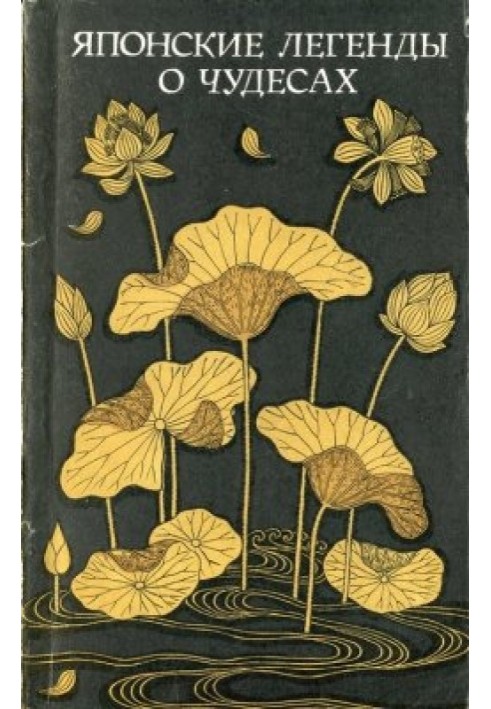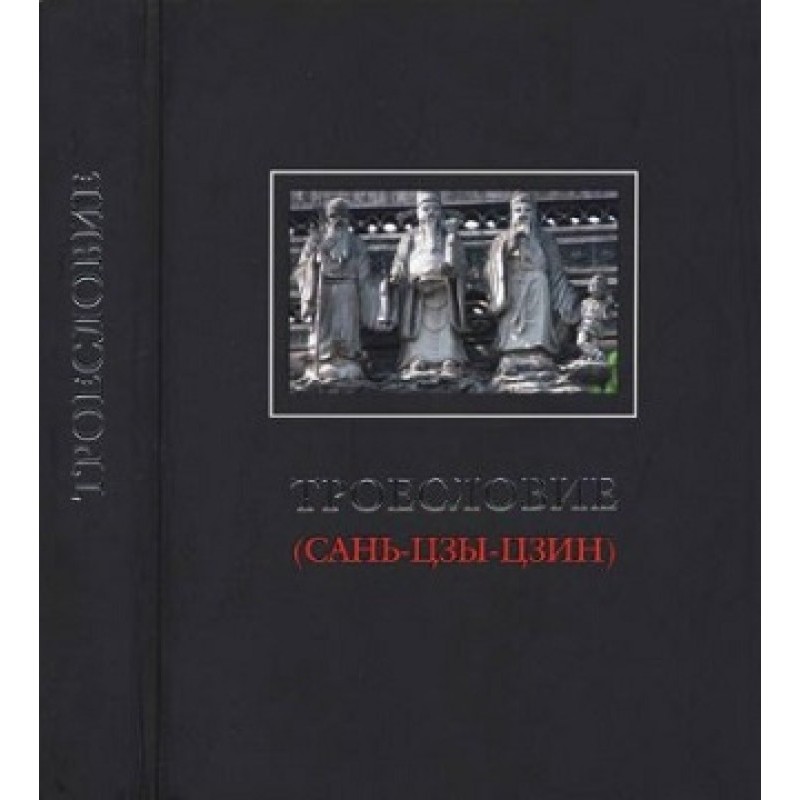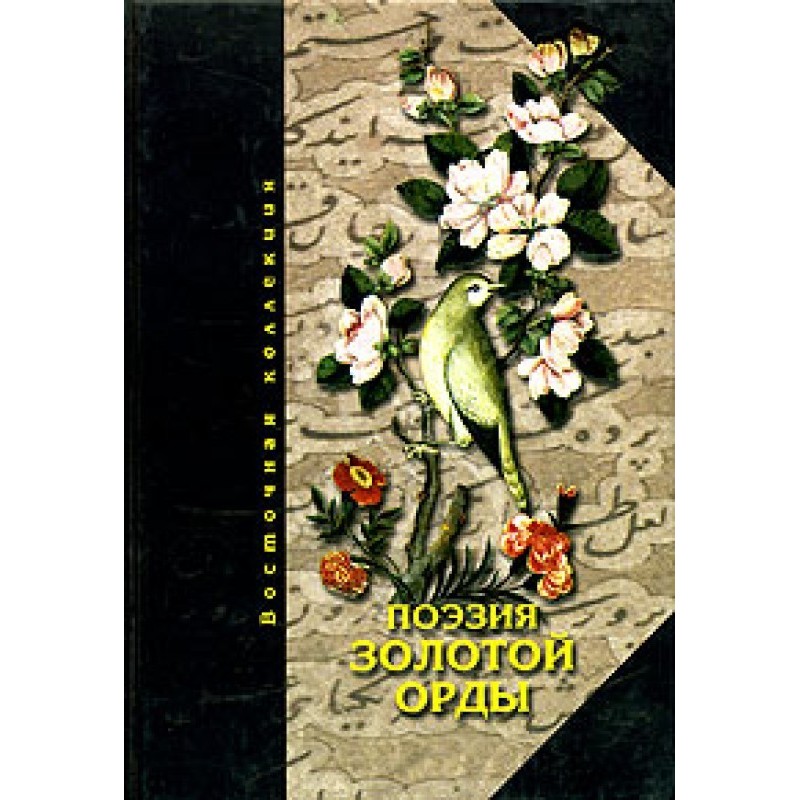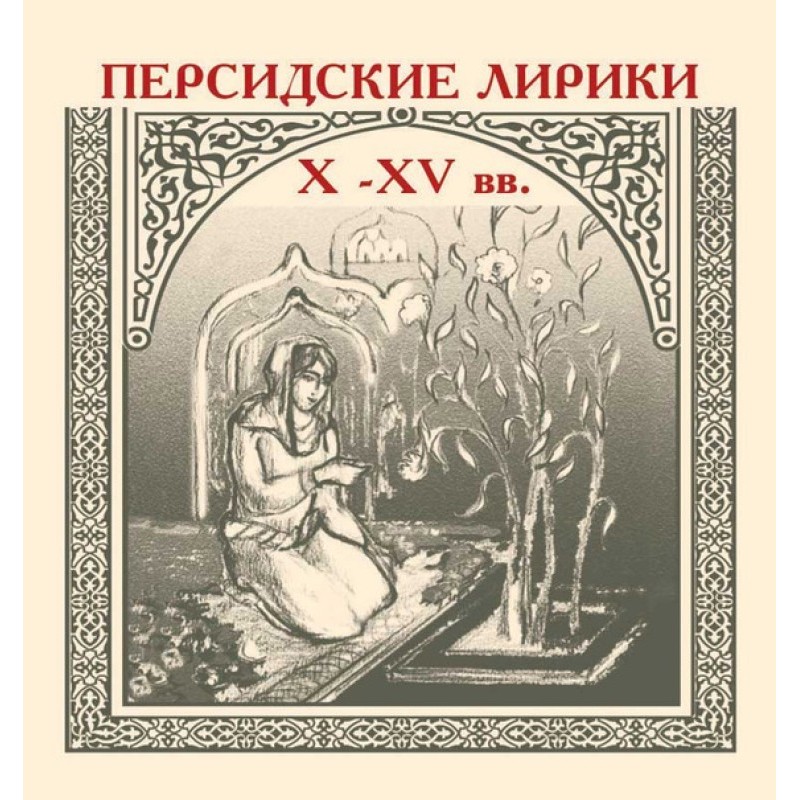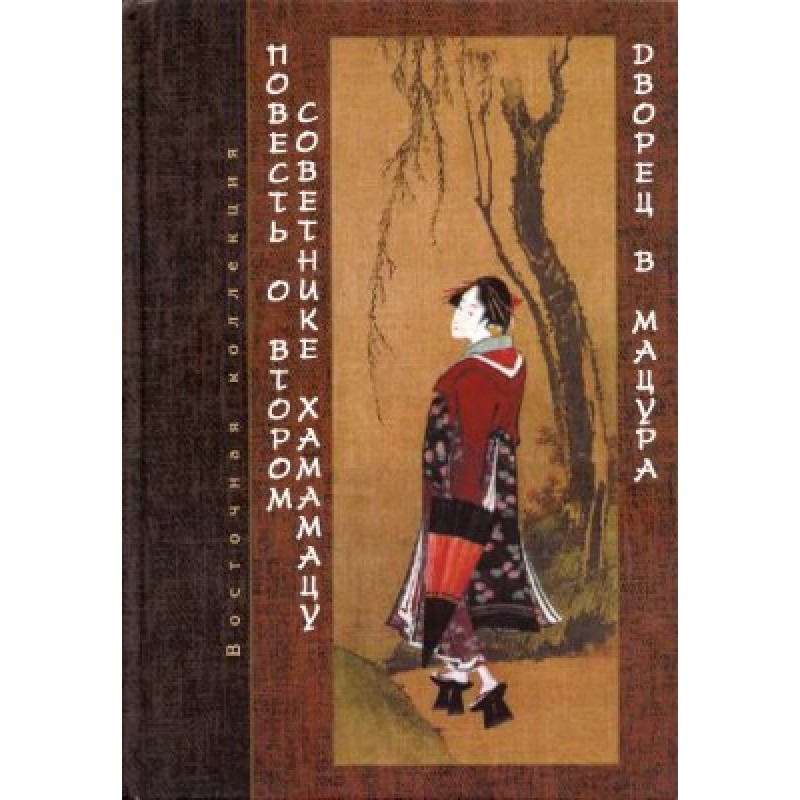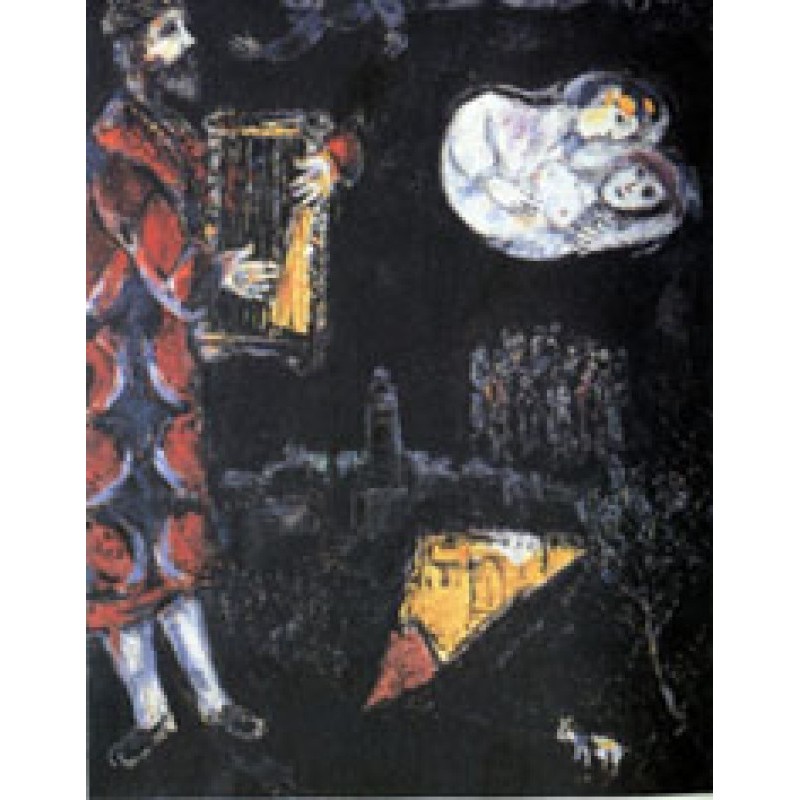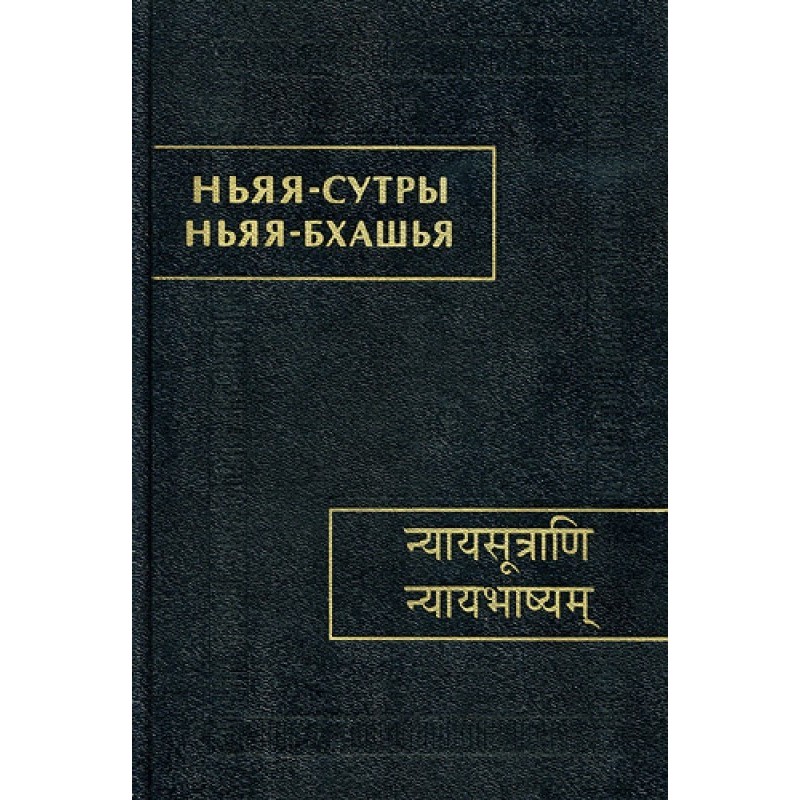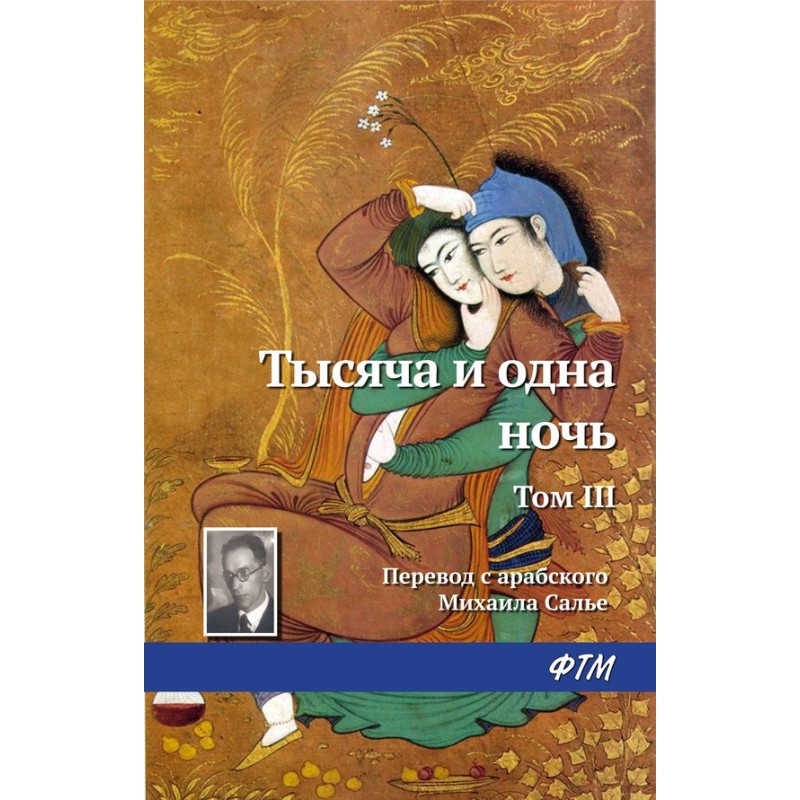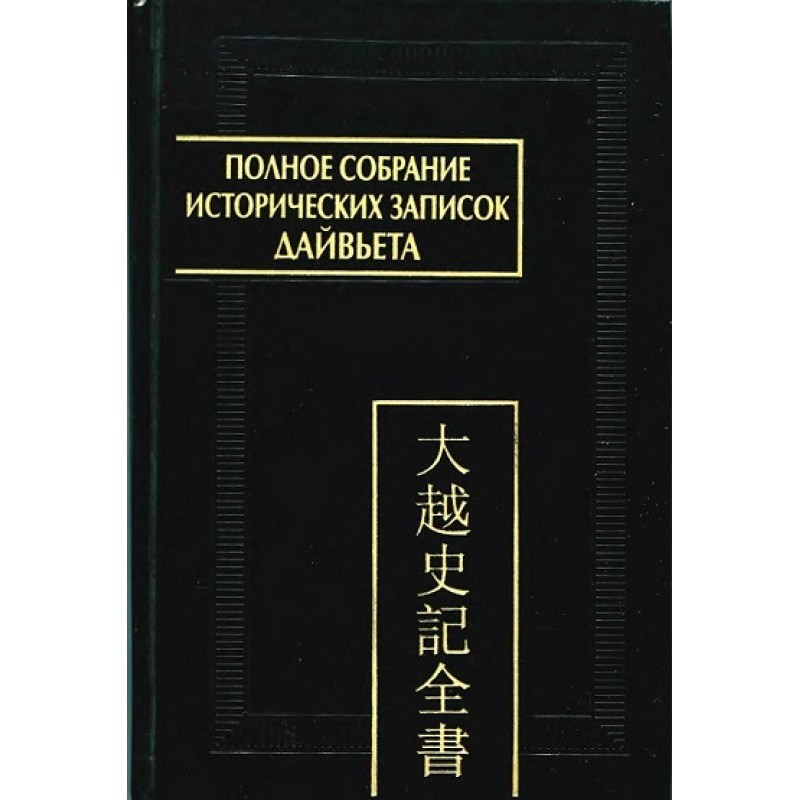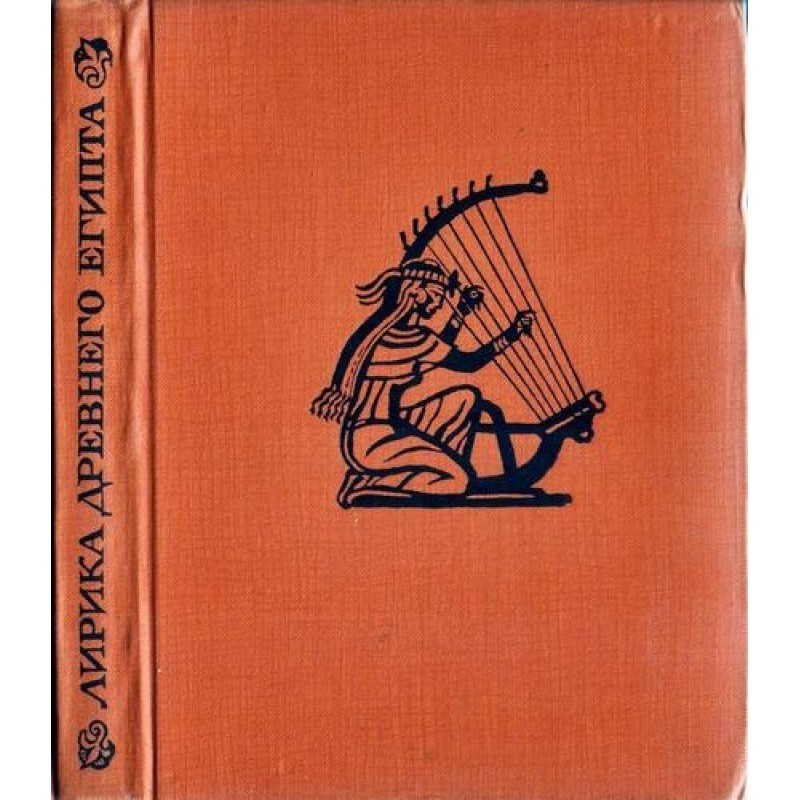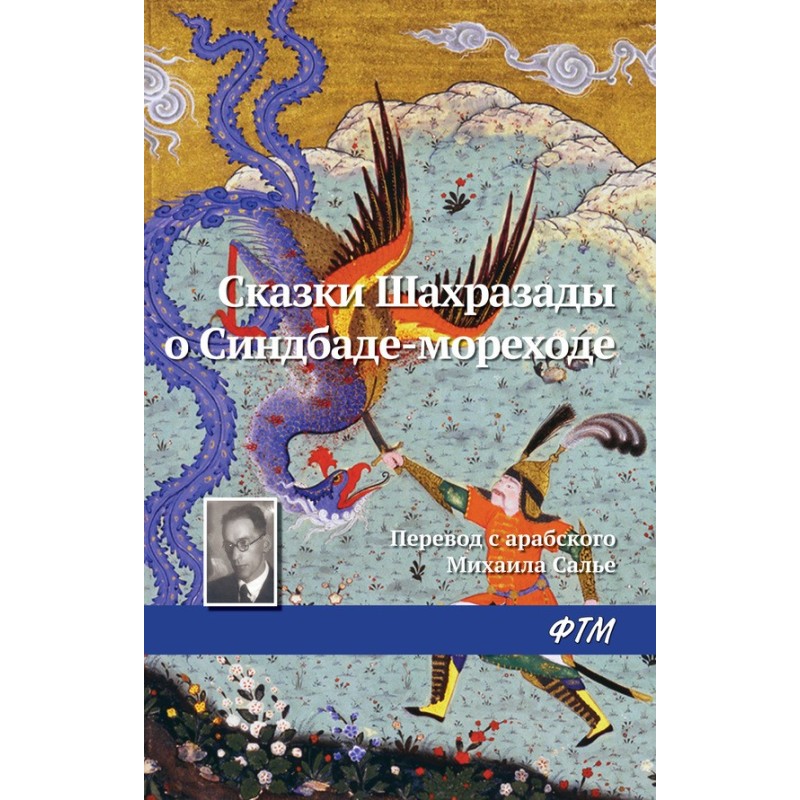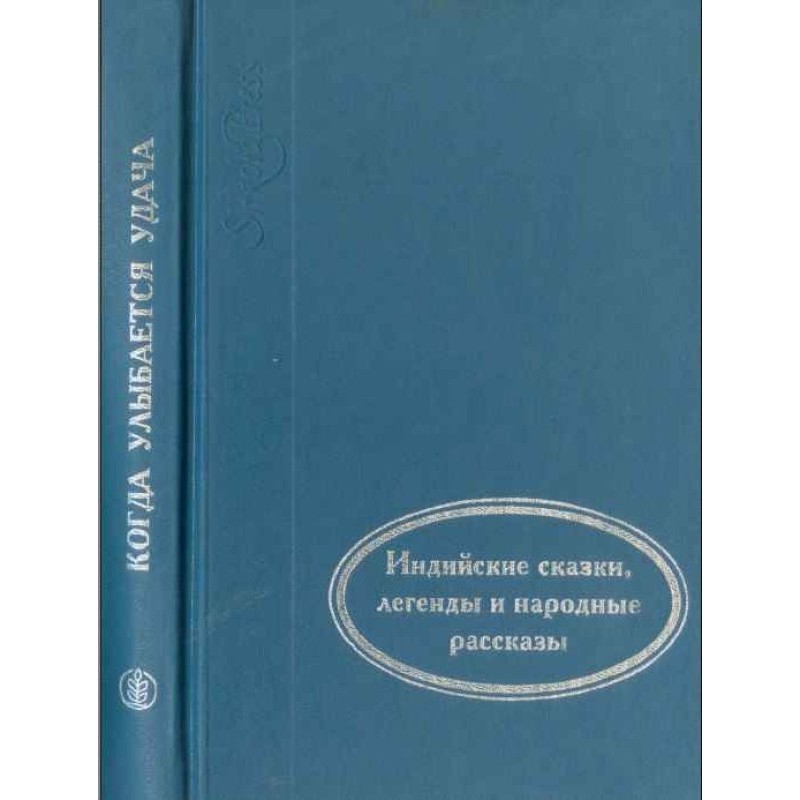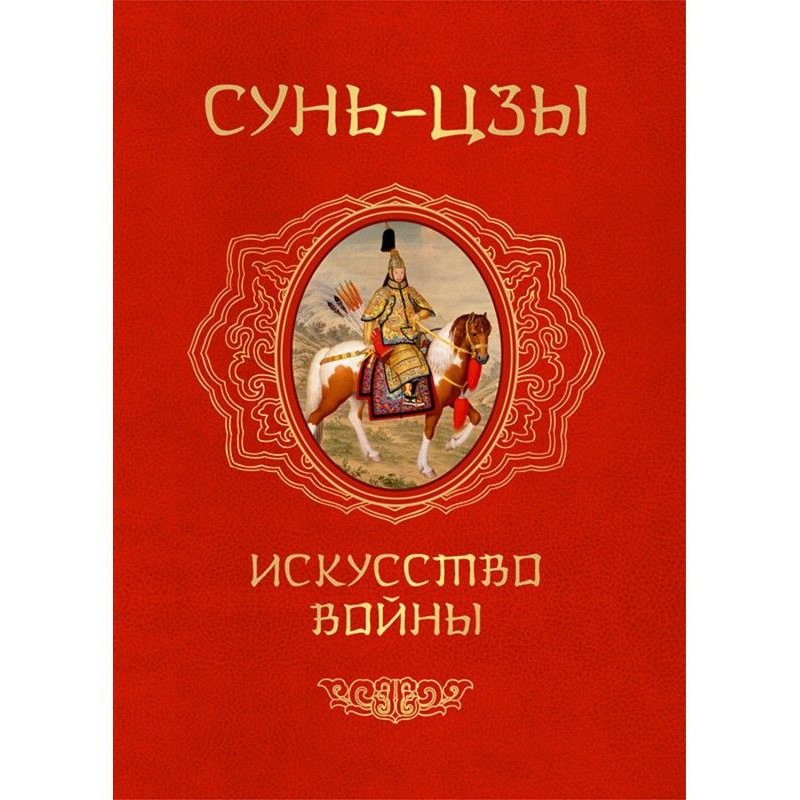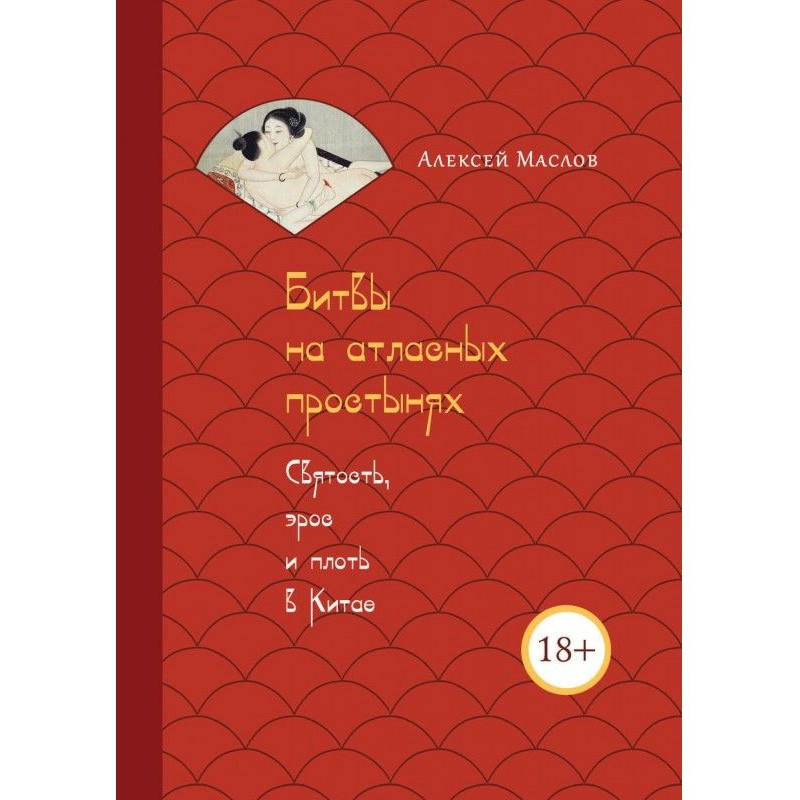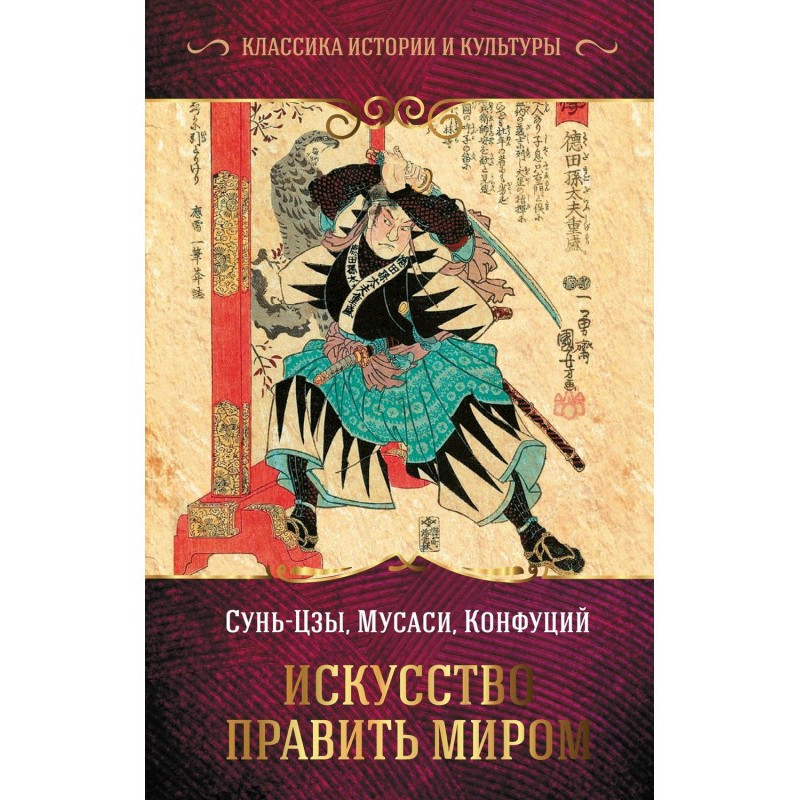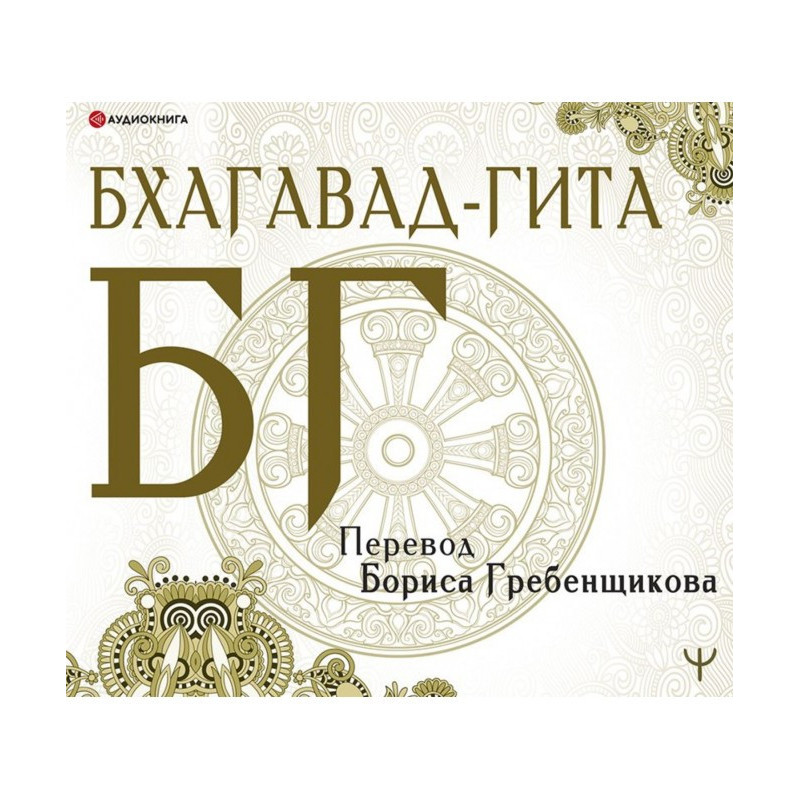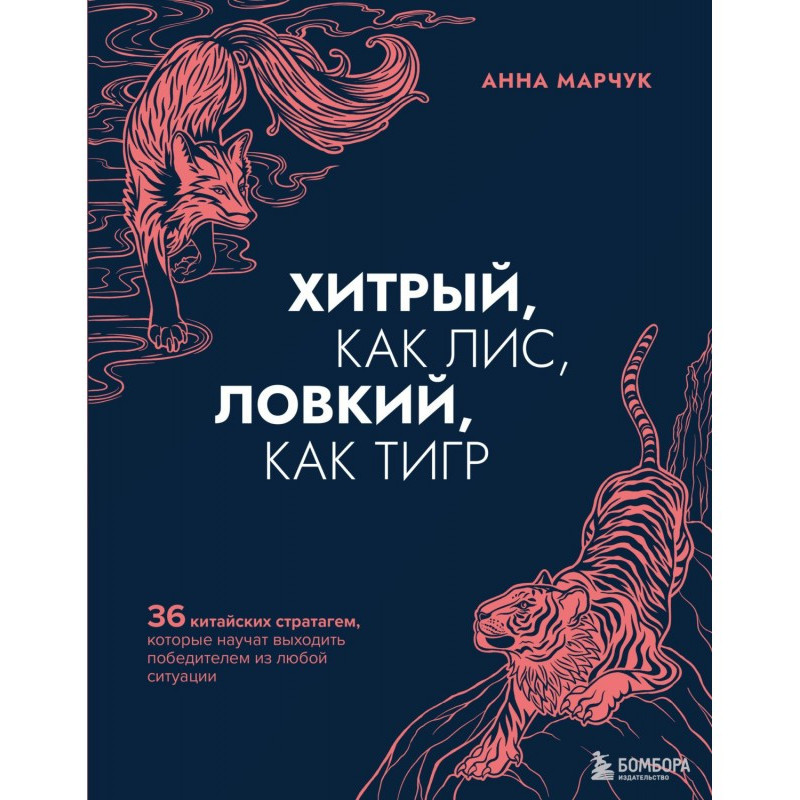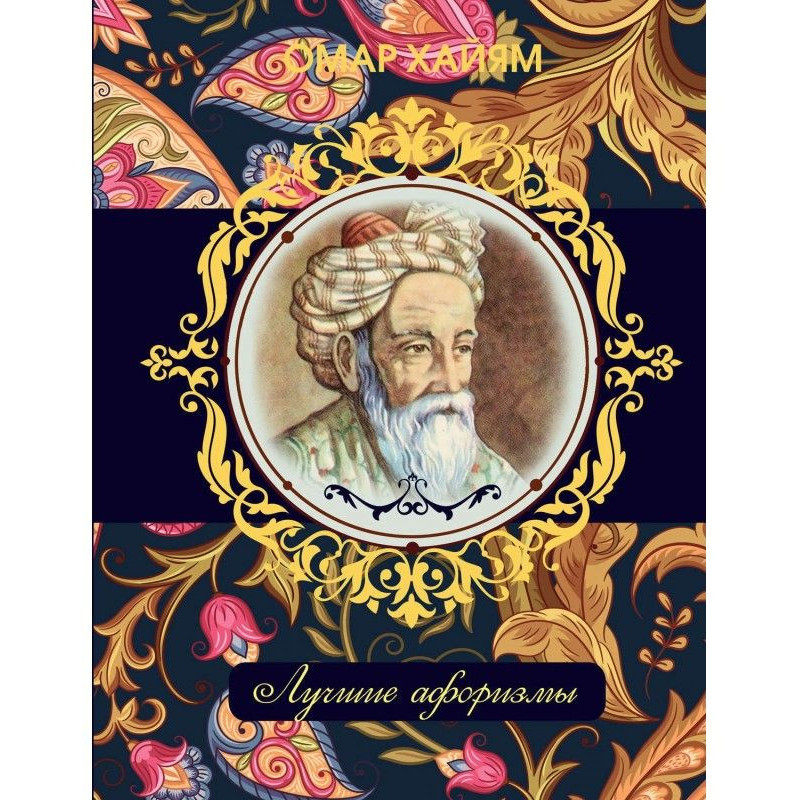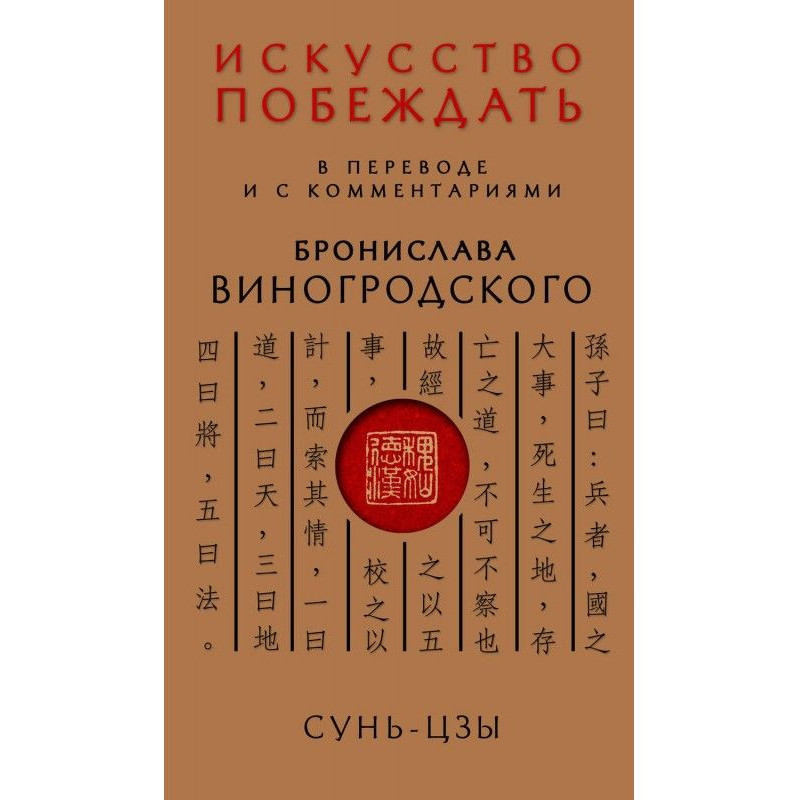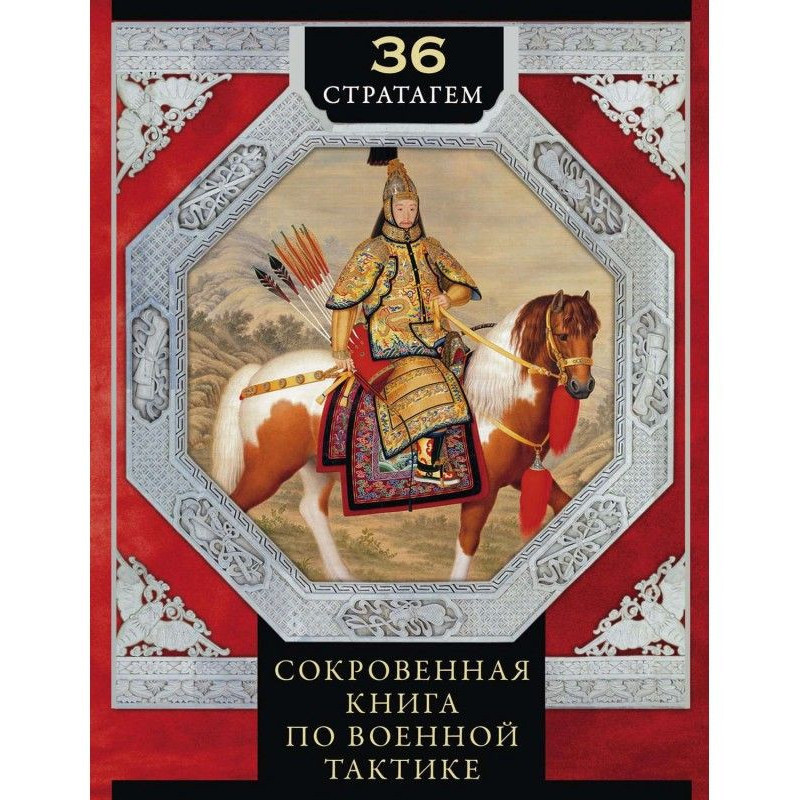Japanese legends of miracles
 Instant download
Instant download
after payment (24/7)
 Wide range of formats
Wide range of formats
(for all gadgets)
 Full book
Full book
(including for Apple and Android)
There are quite good reasons for combining three Japanese monuments in one volume of Russian translation, although the ideological and literary orientation of each of them has a certain originality. The attentive reader may have already noticed that the titles of all three collections end in ki (lit., “record”). This gives us the right to assert that the proposed combination of the three works is quite organic, not only from the point of view of a modern researcher and translator. Moreover, many stories from the Hoke Kenki, with very minor changes, migrated to this collection from the Nihon Ryoiki and Ojo Gokurakki. There is nothing surprising here, since the atomic structure of the three monuments is quite similar. A separate legend acts as a conscious unit of construction, but when included in a combination, it can shift its “internal” accents. Thus, the story of a young man who could not remember one hieroglyph of the “Lotus Sutra”, because he had carelessly burned it with a lamp in a previous birth, in “Nihon Ryoiki” is read as an illustration of the interdependence of the actions of the past and present life, and in “Hoke Kenki” acts as a narration of the miracle performed by the sutra. Thus, medieval collections of Buddhist legends are interconnected not only by their “spirit”, but also by their “flesh” - parts of the text that migrate from work to work. The text of such monuments is fundamentally open, because in reality it does not have a specific historical hero. The hero of the collection is not a person, but an idea that “lives” in space, time and society.
Data sheet
- Name of the Author
- Автор Неизвестен Древневосточная литература --
- Language
- Russian
- Translator
- Александр Николаевич Мещеряков

